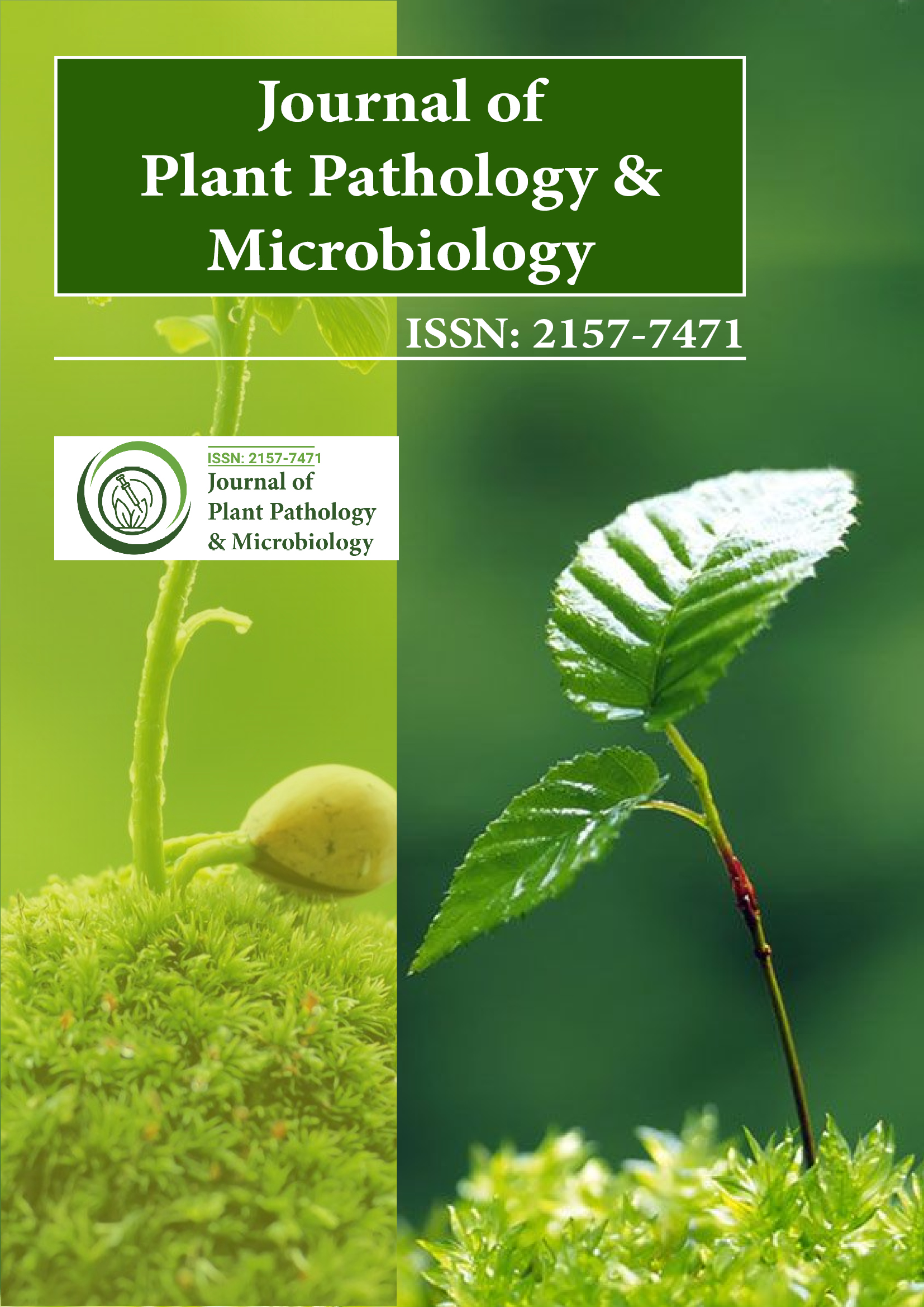Indexed In
- Open J Gate
- Genamics JournalSeek
- Academic Keys
- JournalTOCs
- CiteFactor
- Ulrich's Periodicals Directory
- Access to Global Online Research in Agriculture (AGORA)
- Electronic Journals Library
- Centre for Agriculture and Biosciences International (CABI)
- RefSeek
- Directory of Research Journal Indexing (DRJI)
- Hamdard University
- EBSCO A-Z
- OCLC- WorldCat
- Scholarsteer
- SWB online catalog
- Virtual Library of Biology (vifabio)
- Publons
- Geneva Foundation for Medical Education and Research
- Euro Pub
- Google Scholar
Useful Links
Share This Page
Journal Flyer

Open Access Journals
- Agri and Aquaculture
- Biochemistry
- Bioinformatics & Systems Biology
- Business & Management
- Chemistry
- Clinical Sciences
- Engineering
- Food & Nutrition
- General Science
- Genetics & Molecular Biology
- Immunology & Microbiology
- Medical Sciences
- Neuroscience & Psychology
- Nursing & Health Care
- Pharmaceutical Sciences
Abstract
Screening of Brown Spot (Bipolaris oryzae) Disease Resistant Lowland Rice (Oryza sativa L) Genotypes at Fogera, Ethiopia
Muluadam Berhan*, Merkuz Abera, Birhanu Bekele
Rice (Oryzae sativa L.) is one of the most important cereal crops on which an ever-increasing population is dependent for food globally. However, constraints such as infectious diseases; brown spot transmitted by seed and wind reduced its production and productivity. This study was, therefore, conducted with the aim of screening of rice resistant lowland rice pipelines under natural infestation rain-fed conditions in Fogera plains of Amhara region, Ethiopia. A total of forty-nine lines were screened for their resistance against brown spot in the field with a simple lattice design including two susceptible varieties namely, X-Jigna and Gumara, and two resistant varieties, Shaga and Wanzaye. Sixteen genotypes showed highly resistant reactions for Bipolaris oryzae, and six of them including susceptible checks were highly susceptible. Amongst the highly resistant genotypes, Scrid037-4-2-2-5-2, Shaga, scrid019-1-1-1-1-2, and Fengdao 23 genotypes provided the maximum grain yield, respectively. Therefore, Scrid037-4-2-2-5-2 (8693 kg/ha), Shaga (8184.50 kg/ha), scrid019-1-1-1-1-2 (7345.50 kg/ha), Fengdao 23 (7126.7 kg/ha), and FOFIFA 167 (6895.60 kg/ha) genotypes are recommended in the management of Bipolaris oryzae and used as sources of resistance for further breeding programs. However, it is advised to identify inherent resistance genes of the above lines in combination with the pathogen genetic characteristics for fruitful management recommendations.
Published Date: 2025-01-29; Received Date: 2023-12-12

